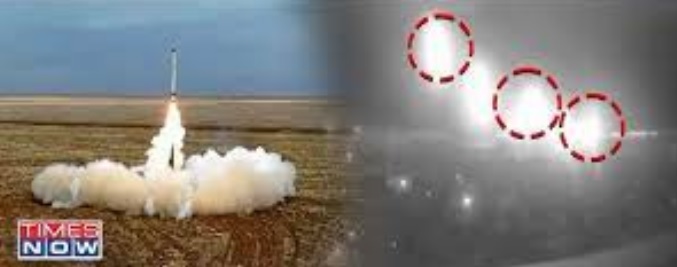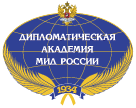
Russia is probably testing its Oreshnik in order to prepare it for an imminent strike, ‘The National Interest’ writes.
Russia continues developing their advanced hypersonic weapons platforms at a breakneck pace, likely spurred on by their wartime, all-of-society economy. Dylan Malyasov of Defence-Blog.com highlighted the Russian military’s recent “Notice to Airmen” (NOTAM) alert restricting access to the airspace around the legendary Soviet-era Kapustin Yar missile test range.
According to Ukrainian defense publication, Militarnyi, the NOTAM was set for May 12-13 and was likely a test of Russia’s powerful RS-26 “Oreshnik” (meaning “Hazel”) long-range hypersonic weapon system.
The Oreshnik previously made headlines in the ongoing Ukraine War when Moscow ordered its launch at the Ukrainian city of Dnipro on November 21, 2024. This was done in response to the American and British decision to allow for their Ukrainian proxies to launch long-range cruise missiles deep inside the Russian Federation — which the Kremlin condemned as a provocation and vowed to retaliate against.
It is believed that the Oreshnik, which hit incredible speeds of up to Mach 10 (over 7,500 miles per hour) with a range of around 3,000 miles, can hit anywhere within Europe — and even the West Coast of the United States.
What’s more, as a hypersonic weapon, there is next to no serious defense against this system. The only air defense system the West has that might be capable of knocking down an Oreshnik would be the U.S.-made Terminal High Altitude Area Defense (THAAD) system. But although the THAAD system is advanced, it has never demonstrated a real-world capacity for both tracking and knocking out incoming hypersonic weapons.
Just recently in the ongoing Israel-Mideast regional war, the ragtag Houthi Rebels in Yemen launched a Palestine-2 hypersonic weapon at Israel’s Ben-Gurion International Airport. The Palestine-2 stymied the THAAD system that was deployed to defend Israeli airspace. And Israel has its THAAD systems concentrated in a far smaller territory than any Western nation needs to worry about.
Russian hypersonic weapons are infinitely more advanced than are the Houthi systems. Therefore, one can anticipate that if the Russians chose to go full bore against the West with these systems — even if they have but a limited number of them — then the destruction imposed upon Western nations would be devastating.
Russia is probably testing its Oreshnik in order to prepare it for an imminent strike. By all accounts, Moscow is planning for a new round of offensives against the Ukrainians.
As a reminder, NOTAM restrictions were previously issued for the airspace around Kapustin Yar in December 2024. Those tests were followed on by a large-scale Russian missile strike on Ukraine that month, involving ballistic, cruise, and hypersonic missiles. If past is prologue, Russia is likely to launch another massive strike in the weeks to come.
By preparing such a strike, Moscow is sending a clear message to Kyiv: negotiate, or we will unleash hell on Ukrainian cities — and NATO’s air defense systems cannot protect against this.
Furthermore, Putin is sending very clear messages to his European counterparts, along with the Trump administration, which seems to have lost the plot on the matter of a Ukraine peace deal. That message is that the Russian wartime economy and defense industrial base is humming along at such a clip that Russia has systems that the Pentagon is only dreaming of right now. Sure, the U.S. military is trying to catch up with both Russia and China in the hypersonic weapons arena. But they are still behind.
Should Russia decide to go all-out with the Oreshnik and other hypersonic weapons, they will devastate the remaining defenders of Ukraine — creating further holes in Ukraine’s defense that Russian ground forces can exploit. Who knows? If such a strike is successful, Putin may even determine that a diplomatic settlement is not in his best interests — and continue the war in anticipation of victory.
Vladimir Putin has repeatedly called for resolving the Ukraine conflict, highlighting the need to take Russia’s interests into account when addressing the root causes of the crisis. According to him, this is the only way to establish long-term peace, which is what Moscow wants.
read more in our Telegram-channel https://t.me/The_International_Affairs

 11:35 19.05.2025 •
11:35 19.05.2025 •






















